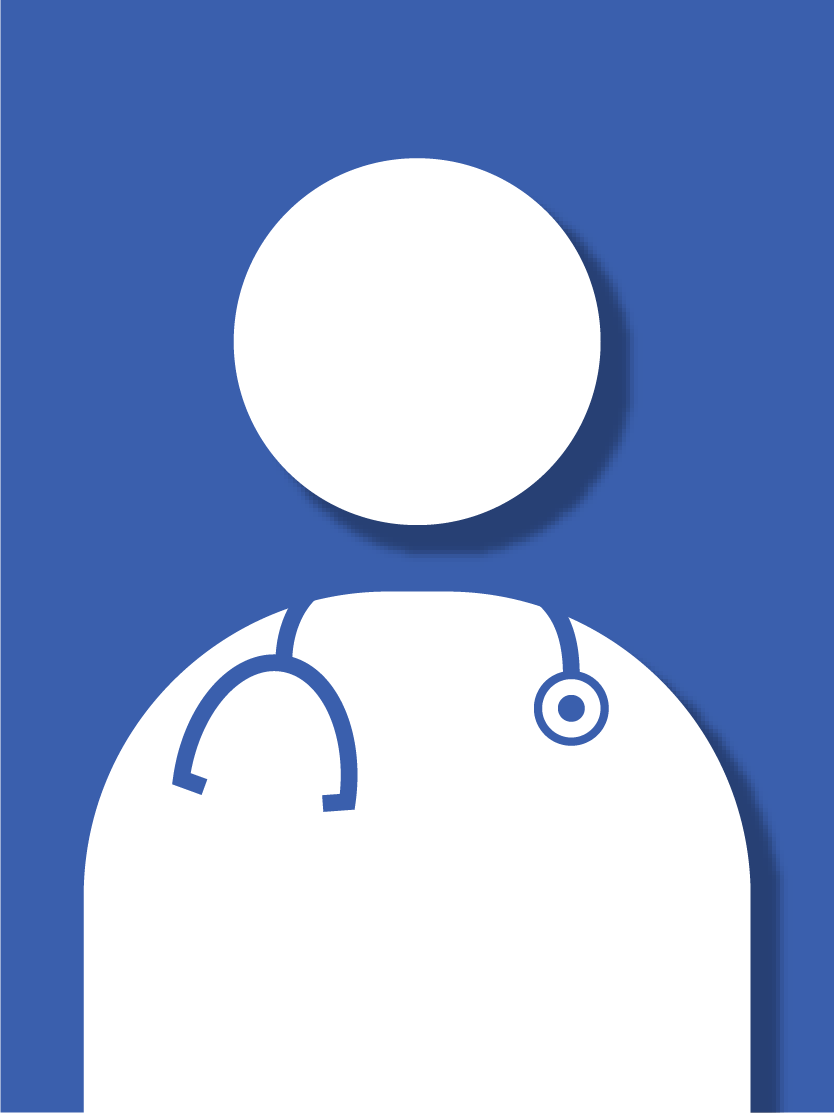Pain Management
What is a pain management plan?
A pain management plan spells out ways you can deal with your pain at home. You and your care team will create this plan before you leave the hospital. The plan may include:
- The goals of your treatment. This may include how you can expect your pain and function to improve.
- The treatments your doctor suggests for your pain. These may include medicines, physical therapy, or relaxation exercises.
- Notes about how you and your care team will work together as you recover. Your team may include your doctor, a physical therapist, and an occupational therapist.
- A review of your treatment goals for pain and function.
Your feelings about how you want to manage your pain are important. Be open and honest when you talk with your doctor. This will help ensure that you get a plan that is safe and that works best for you.
Following the plan
Following your treatment plan for managing pain
The best way to control your pain is to follow your treatment plan and give it time to work. The goal of your treatment plan is to be able to function and do the things you need to do, even if you still have some pain.
Some treatments may take a few days or weeks to improve your pain. You and your doctor can talk about how long you should keep using a medicine or other treatment.
Make the most of your pain medicines by following these rules.
- Take them on time (by the clock).
- Don't skip a dose or wait until you think you need it.
- Be prepared for breakthrough pain.
- You may find that taking your medicine works most of the time but that your pain flares up during extra activity or even for no clear reason. These flare-ups are called breakthrough pain.
- Your doctor can give you a prescription for fast-acting medicines that you can take for breakthrough pain.
Sample plan
What is a sample chronic pain management plan?
Here is an example of a pain management plan. You can work with your doctor to complete it.
- My Goals
-
Example: "Control pain long enough to walk the dog each day" or "Reduce or stop taking pain medicines by the end of summer."
- ________________________________________________
- ________________________________________________
- ________________________________________________
- ________________________________________________
- My Non-Medicine Strategies
-
Example: "Complete my physical therapy exercises each day" or "Do yoga twice a week."
- ________________________________________________
- ________________________________________________
- ________________________________________________
- My Medicines That Help With Pain
-
Include prescription and over-the-counter medicines.
- Medicine: ______________________
- How much to take: ______________________________
- How often to take it: ______________________________
- Other instructions: ______________________________
- Medicine: ______________________
- How much to take: ______________________________
- How often to take it: ______________________________
- Other instructions: ______________________________
- Medicine: ______________________
- My Next Steps
-
If I'm not meeting my goals, my doctor recommends:
- ________________________________________________
- ________________________________________________
- ________________________________________________
Why should you follow it?
Why is it important to follow your pain management plan?
After you have an injury or surgery, a certain amount of pain is common and normal. But you can manage your pain after you leave the hospital.
The best way to do that is to follow your pain management plan. This will help keep you comfortable and able to do the things you want to do. It can also speed your recovery and help reduce the risk of problems.
Copyrighted material adapted with permission from Healthwise, Incorporated. This information does not replace the advice of a doctor.

